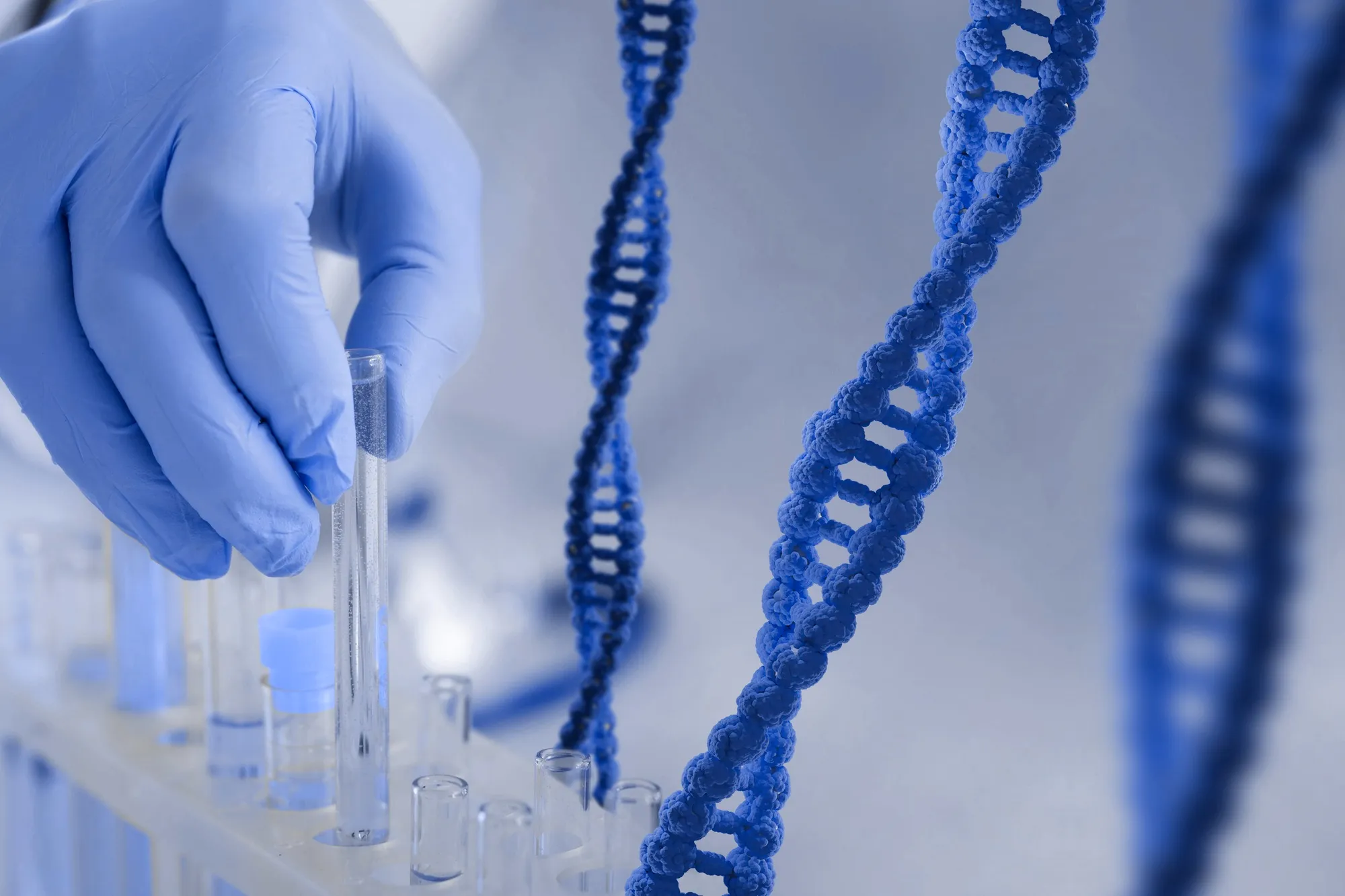In a feat of medical progress, researchers and clinicians have turned their attention towards congenital myopathies, a category of early-onset, nondystrophic neuromuscular disorders known for their genetic heterogeneity. With profound impacts on the lives of those affected, these conditions have often eluded effective treatments — until now. Numerous therapeutic strategies are emerging, showing a promising future for those who have been living with these conditions virtually untreatable for so long.
The Dawn of a New Era in Managing Congenital Myopathies
Heinz Jungbluth and Francesco Muntoni, renowned experts in pediatric neurology, have outlined the therapeutic landscape and the astonishing advances in congenital myopathies in their seminal work published in the ‘Seminars in Pediatric Neurology’ (DOI:10.1016/j.spen.2019.01.004). This article unravels the intricacies of their findings and the unprecedented hope it brings to patients and their families.
Understanding Congenital Myopathies
Congenital myopathies are traditionally known for their distinct histopathological features on muscle biopsy. With entities:
1. Central Core Disease
2. Multiminicore Disease
3. Nemaline Myopathy
4. Centronuclear Myopathy
having initially outlined the classical clinical spectrum, recent revelations have unveiled more “novel” forms. These conditions disrupt critical musculoskeletal processes such as excitation-contraction coupling, intracellular calcium homeostasis, and thin/thick filament interactions.
Emerging Therapeutic Strategies
Until recently, management approaches were chiefly supportive, focusing on symptom relief and quality of life improvement. However, promising therapeutic strategies currently under exploration have shifted the paradigm significantly. These include:
1. Genetic Interventions: This area of research probes the possibility of direct correction of genetic defects. These revolutionary techniques could modify disease progression at its origin.
2. Enzyme Replacement Therapy: Enacted to substitute deficient or defective enzymes, enzyme replacement therapy has potential across various genetic myopathies.
3. Pharmacologic Approaches: These treatments aim to ameliorate the primary genetic defect’s effect or address its downstream consequences more broadly.
Accelerating Clinical Trial Development
The surge in therapeutic developments has necessitated an equally innovative approach to clinical trial design. As Jungbluth and Muntoni assert, the development of robust natural history data and tailored outcome measures is essential for effective clinical trial progression. These trials, still in their nascent stages for many congenital myopathies, are gaining momentum as scientific understanding deepens.
Keywords
1. Congenital Myopathies Treatment
2. Gene Therapy for Muscular Disorders
3. Enzyme Replacement Therapy
4. Pharmacological Interventions in Neuromuscular Diseases
5. Clinical Trials for Myopathies
References
1. Jungbluth, H., & Muntoni, F. (2019). Therapeutic Aspects in Congenital Myopathies. Seminars in Pediatric Neurology, 29, 71–82. https://doi.org/10.1016/j.spen.2019.01.004
2. North, K. N., Wang, C. H., Clarke, N., Jungbluth, H., Vainzof, M., Dowling, J. J., … Beggs, A. H. (2014). Approach to the diagnosis of congenital myopathies. Neuromuscular Disorders, 24(2), 97-116. https://doi.org/10.1016/j.nmd.2013.11.003
3. Amburgey, K., & Beggs, A. H. (2017). Current Therapies for Congenital Myopathies. Current Treatment Options in Neurology, 19(9), 28. https://doi.org/10.1007/s11940-017-0469-6
4. Maggi, L., Scoto, M., & Cirak, S. (2017). Genetic Therapies for Inherited Neuromuscular Disorders. Lancet Child & Adolescent Health, 1(3), 200-211. https://doi.org/10.1016/S2352-4642(17)30025-3
5. Bharucha-Goebel, D. X., & Darras, B. T. (2020). Emerging Genetic Therapies in Neuromuscular Diseases. Pediatric Neurology, 111, 30-41. https://doi.org/10.1016/j.pediatrneurol.2020.04.015
Conclusion
As we witness a pivotal shift from a primarily supportive care model to one indicative of actionable, targeted treatments, hope abounds for those affected by congenital myopathies. The efforts of Jungbluth, Muntoni, and a myriad of dedicated researchers worldwide signify a tangible transformation in the lives of patients and their families. While challenges such as fine-tuning therapy specifics, trials advancement, and ensuring broad access remain, optimism dominates the scientific horizon for congenital myopathy therapies.
